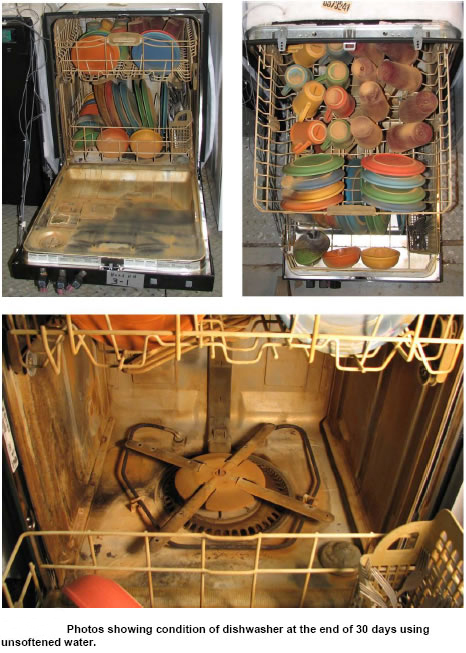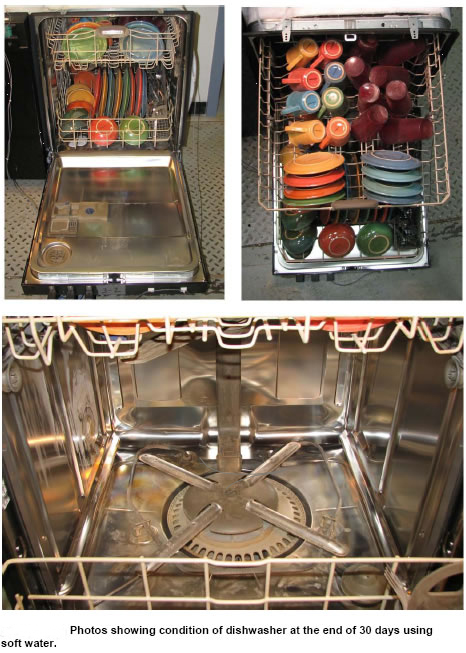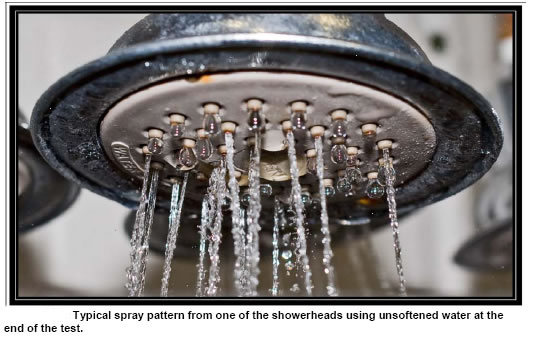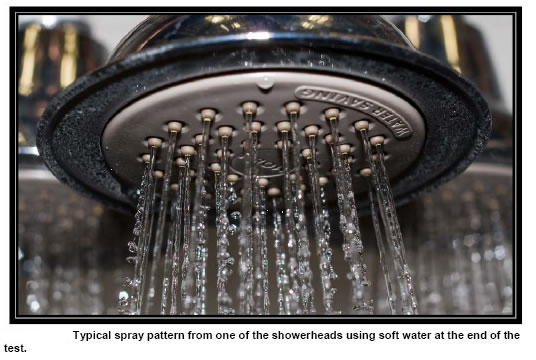
- +1 905-604-8866
- info@waterdoctor.ca
- Mon - Fri: 10:00 - 18:00
- SAT: 10:00 - 18:00
- SUN: 11:00 - 18:00

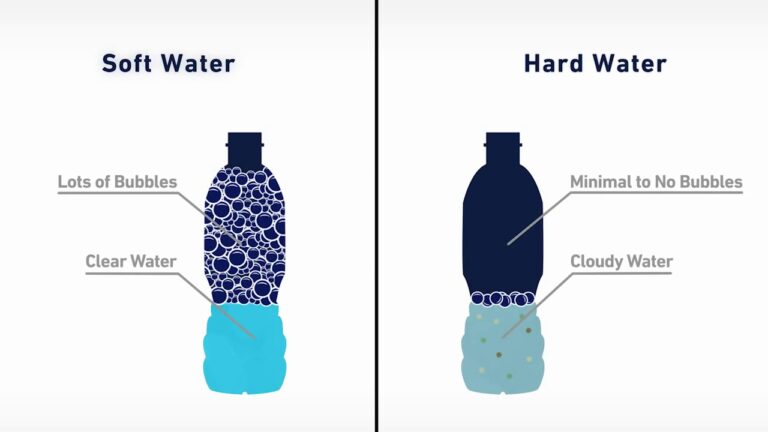
Battelle Memorial Institute, a non-profit applied science and technology development company, was commissioned to perform a study on the effectiveness of water softeners on household water use.
The published report was released in March, 2010. The study attempted to compare hot water tank and tank-less heaters, automatic dishwashers, washing machines, shower heads, and fixtures when used with hard water versus soft water.
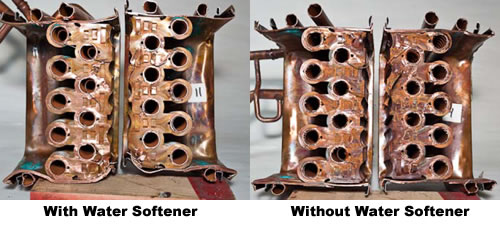
Reviewing the results in Table 5-2, for natural gas consumption, Battelle concludes that use of a water softener to reduce the scale forming compounds in water will result in natural gas savings. This natural gas savings will lead to direct economic savings. Because of the need to have the instantaneous water heater delimed or cleaned periodically, the economic savings can lead to recover of the cost of a water softener and operating supplies in a period as short as months, if the inlet water is sufficiently hard. Further, the lower use of natural gas leads to reductions in the carbon footprint, see Table 5-9, in proportion to the decrease in total energy consumption. Total consumption accounts for both natural gas to fire the water heater and electricity to operate the softener.
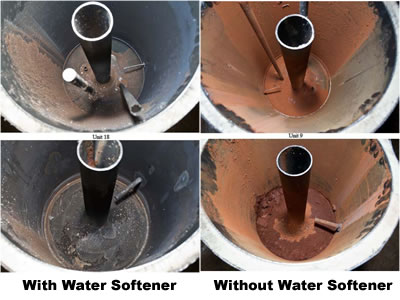
Similar to the conclusions for the instantaneous gas water heater, reviewing the results in Table 5-4, for natural gas consumption, Battelle concludes that use of a water softener to reduce the scale forming compounds in water will result in natural gas savings. Because of the much lower energy intensity of a gas storage water heater, BTU input rate per unit time and volume of water, the natural gas savings for a storage water heater are much lower than those for the instantaneous water heater, being approximately one-half the savings that might be found when using an instantaneous water heater. This energy savings will lead to direct economic savings in proportion to the reduced natural gas consumption. Further, the lower use of energy leads to reductions in the carbon footprint, see Table 5-9, in proportion to the decrease in total energy consumption. Total energy consumption accounts for both natural gas to fire the water heater and electricity to operate the softener.

Because of plugging of piping on the water heater outlet Battelle was unable to conduct a sufficient number of days of testing to demonstrate any changes in electricity consumption or potential cost savings for the electric storage water heaters. As discussed in Section 5.4.2, no difference in the electricity consumption between two electric storage water heaters, one receiving softened and the other un-softened water, is expected. Given this lack of a difference in electricity consumption for water heating, the additional electricity required to operate a water softener would mean the softened water case would use more electricity than the unsoftened water case, thus the carbon footprint would be higher. However, because the electric water heater receiving softened water would be expected to have a longer life, there is expected to be cost savings supporting the use of softened water.
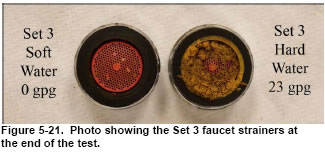
Low flow shower heads and faucets using un-softened water clogged in less than seven days of accelerated life testing, whereas those units using softened water made it through the test without any problems. Under the testing conditions at Battelle with high hardness of the inlet water, a water softener will significantly increase the life of faucets and fixtures.
